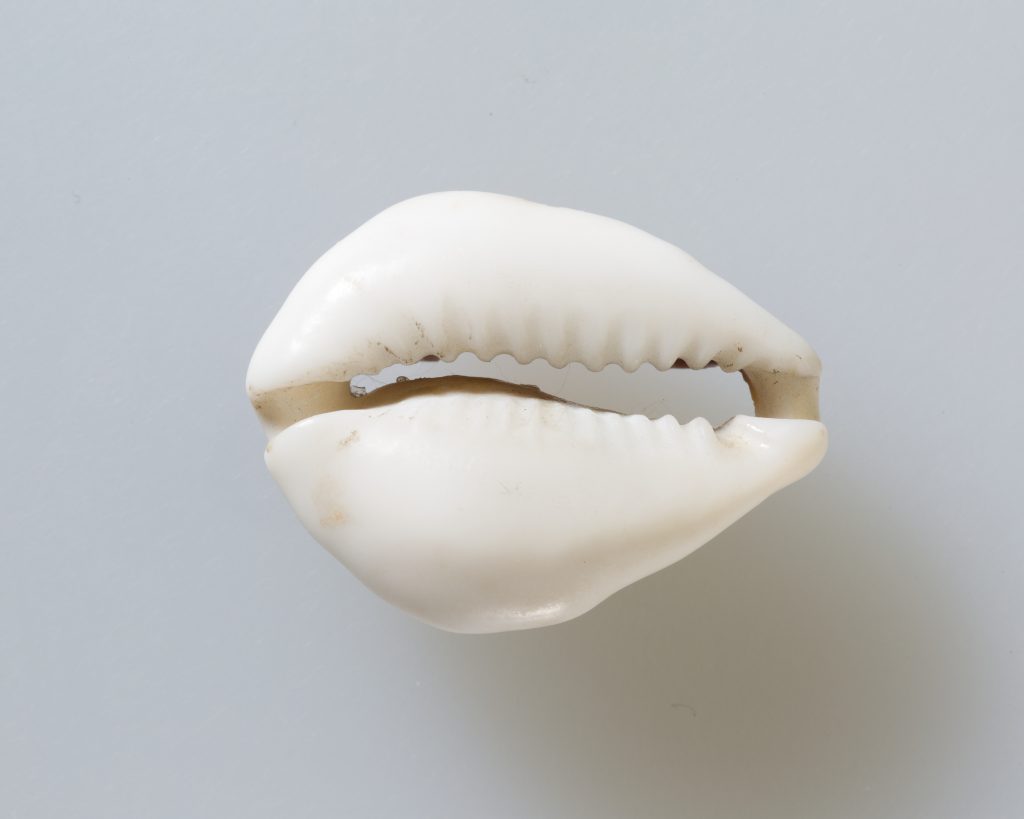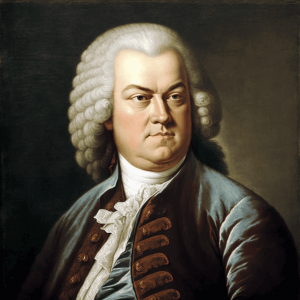Cowrie shells are the shells of small marine snails that are widely distributed in warm seas. Their texture is very smooth due to their glossy finish, and they come in various shapes, patterns, and colors. Although we simply use them for a collection, Cowrie shells had many uses and purpose in ancient times, particularly in ancient Egypt.
In ancient Egypt, women were highly valued for their ability to conceive children. In order to protect their fertility for the future, girls and young women wore Cowrie girdles. They would also be worn during pregnancy in order to protect their child from any harm or complications, and have a safe and successful delivery. It was also believed that women and children in ancient Egypt were often the targets of the so-called evil eye, an evil spirit that would haunt them and was the blame for miscarriages and deaths. The only way to stay protected from the malicious effects of the superstition was by wearing Cowrie shells every day for the rest of their lives. Even when Egyptian women died, they were often buried with a Cowrie shell necklace to protect their spirits in the after life. Cowrie girdles were often adorned by a small naked female that represented the goddess of fertility, and she protected pregnant women throughout their pregnancies. Even though pregnant women were often visited by female birth attendants to make sure that their pregnancy was going well, the Cowrie shells gave them an added sense of protection. After examining the remains of numerous mummies, Egyptian scholars have concluded that Egyptian females must have had fertility difficulties due to their lack of medicine and resources. Those scholars conclude that these women must have depended on their belief in the power of these Cowrie shells. The shape of the Cowrie shell was even thought to symbolize a woman’s pregnancy due to its round shape, seen as similar to a woman’s pregnant belly as the child grows. The vertical opening in the middle of the shell represents the female vulva, which is the main reproductive organ of the woman.1

Gold | Courtesy of the Metropolitan Museum of Art, New York
Cowrie shells in ancient Egypt were also known to be used for decoration purposes. In the tombs of small children, the Cowrie shells were placed around tombs for decoration purposes. There were two very different designs, one for the girls and one for the boys. They were thought to offer a connection between the living and the dead. Cowrie shells were also very valuable, and they were used as jewelry as well, and as home décor. The more Cowrie shells one had, the wealthier one was thought to be, and the more respect one was accorded by the people. Because of their high value, Cowrie shells were commonly used as currency; and they traded the shells for things like food, clothing, and other necessities. In the homes of the Egyptians, there were animal figures that were covered with Cowrie shells. The jewelers who created the decorations and the necklaces used metals to fill the Cowrie shells so that they would make sounds that would capture attention. The jewelers would add gold to the Cowrie shells that would make the shells even more valuable. Such shells were seen as a symbol of the flesh of the gods that were linked to the sun. Silver, another metal added to the shells, represented the bones of the gods and was associated with the moon. The animal that was most used by the ancient Egyptians was the cat. Like the women and children, the Cowrie shells were also used to protect the lives of the animals from evil spirits.2
In conclusion, the ancient Egyptians valued Cowrie shells, and they used for them for many purposes. One of the purposes was their belief that the shells gave some type of protection to women and children from evil spirits. They also protected the lives of the dead when they placed Cowrie shells over their tombs. They also made girdles for pregnant women, who would wear them on their hips in order to protect their wombs and have safe deliveries. When used as necklaces, the Cowrie shells were filled with metals like gold and silver, which gave them significance. We spot them today on the shores of our beaches and don’t realize the importance they have had in the past and the meanings they have carried for lives lived long ago.
- Bill Bynum and Helen Bynum, “Egyptian Cowrie Necklace,” The Lancet Vol. 386, No. 1003 (2016): 1525. ↵
- Amir Goalni, “Cowrie shells and their imitations as ornamental amulets in Egypt and the Near East,” Polish Archaeology in the Mediterranean, Special Studies: Beyond ornamentation 23/2, (2014): 71-94. ↵



53 comments
Amanda Shoemaker
It’s always interesting to read about other cultures. Egyptians using these shells as currency and as a fertility charm is really interesting. It shows just how important they thought fertility was. I like how this article pointed out that we pass these shells up now like they’re insignificant but at one point they were so important to an entire culture.
D'Hannah Duran
I didn’t know that cowrie shells were used for protection during pregnancies. It is so fascinating to learn about the beliefs of other cultures and how they used certain things are a means of protections. I didn’t know that women were buried with the cowrie as am means of protections from evils in the afterlife. This was an amazing and informative article that I enjoyed reading.
Sierra Salas
Before reading this article, I had no idea cowrie shells were used as a tool of protection for a girls fertility. I had no idea they were also used to protect the baby during pregnancy to prevent anything harmful from happening. I had no idea shells like these were also used in tomb decoration of small children because of the belief that the shell provided a connection between the living and the dead. I have learned that in ancient Egypt, many items had multiple purposes and benefits. This is one of those items.
Amelia Hew
I never knew that the Cowrie shells were that valuable in ancient Egypt, almost as valuable as gold and silver and can even rise their social status. Nowadays, we wouldn’t even think much of the shell when we saw it on the beach.The fact that women uses it to protect their fertility and during pregnancy to ensure that they wouldn’t suffer a miscarriage was very interesting. The author done a great job in telling us one of the custom of ancient Egypt that was often left out by others. I really enjoyed reading this article.
Michael Hinojosa
An amazing article that sheds light on cultural details long forgotten by history. I had no idea that these shells carried such a heavy weighted importance in their culture and the ways of life for both women and their children. I also didn’t know that these shells existed in the first place! I always love reading articles like this because they start to open your eyes and expose you to amazing fun facts that you never would’ve dreamed were real in the first place; So I’m glad I found this one!
Antonio Coffee
I had never heard of the importance of cowrie shells in Egyptian culture until reading this article. It is interesting that it had multiple meanings. It is strange to think that they were used both as money and as a symbol of fertility. It is strange to think that this was such an important item in Egypt yet it is not that often talked about.
Hali Garcia
Wow, this is a very good article. I have never put much thought into why the Egyptians used cowrie shells or that they used them at all. It is fascinating to think they were used to protect people from the evil eye, women during their pregnancies, and used as jewelry altogether. The Egyptians put a lot of faith into these shells and the next time I see them I will think about how valuable they were.
Ryan Estes
This article makes a lot of sense when it talks about placing the cowrie shells over animals. The ancient Egyptians worshipped cats, and I’m sure a lot of other animals. Protecting not only the women from birth complications but also the animals they worshipped makes total sense. It also plays into the idea of a higher power being present throughout history, as these necklaces were supposed to call on the healing protection of a divine being.
Mariah Cavanaugh
I am fascinated with the belief and representation that ancient civilizations put on items such as shells. This was an interesting article. The part of your article that I was most interested in was the multiple uses for Cowrie shells, everything from decoration and protection to currency. I would be interested in learning at what point the Cowrie shell stopped being used in Egypt.
Christopher Hohman
Nice article. The cowrie shells were very important to the ancient Egyptians. It is no wonder that they placed so much emphasis on the use of these very beautiful and appealing objects that I am sure they found on the shores of the Mediterranean or other bodies of water. They lived in a very different time when infant mortality rates were high and women were in more danger during birth than now. These objects were a way for them to feel better about their odds of survival.